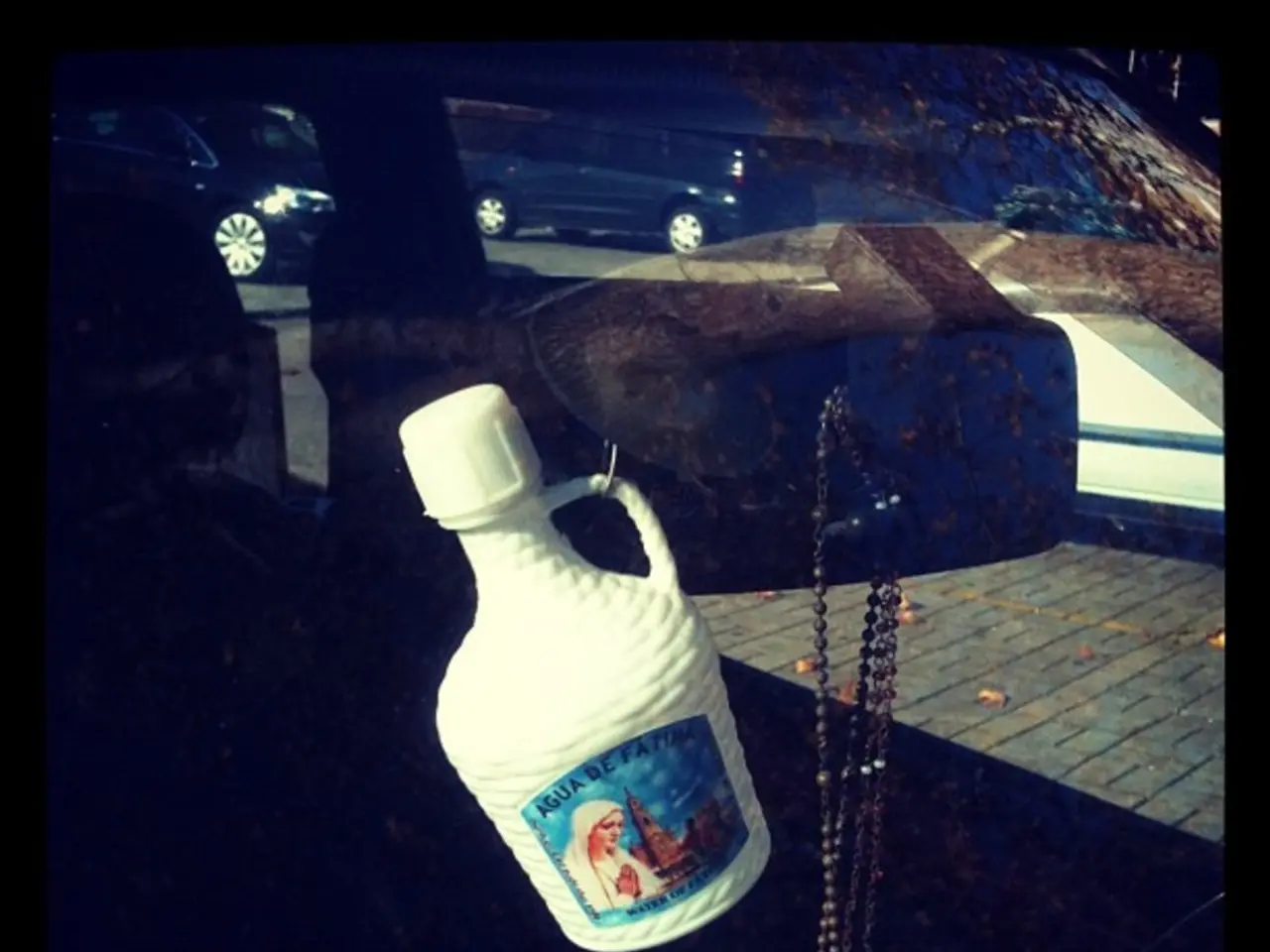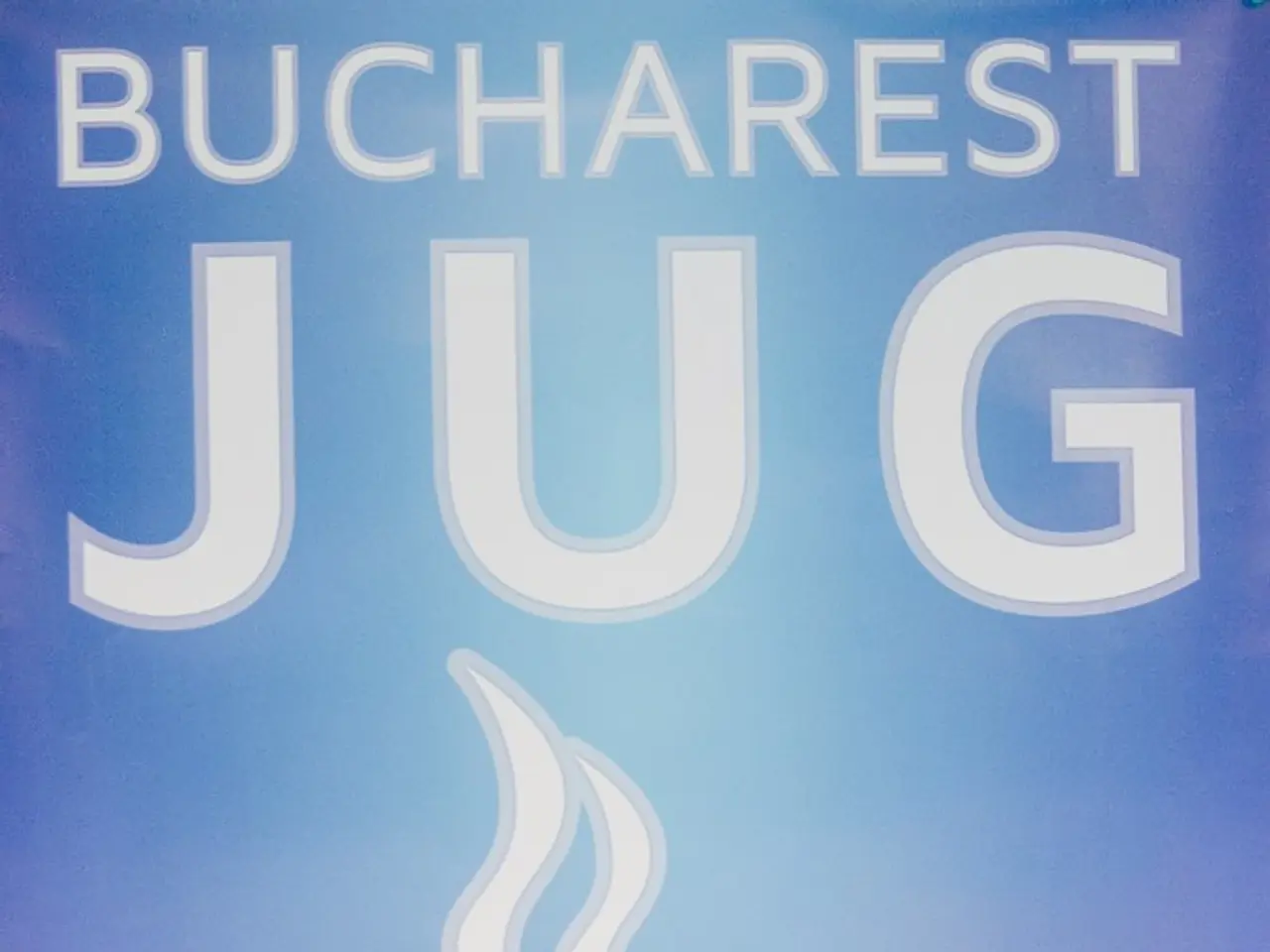Harvard Discovers Method to Enhance Rubber's Durability by 10 Times, Potentially Benefitting Automotive Industry
In a groundbreaking development, scientists at the Harvard School of Engineering and Applied Sciences (SEAS) have made natural rubber 10 times tougher for automotive components like tires. This significant improvement was achieved by modifying the traditional vulcanization process, which has remained largely unchanged since its inception in the 1840s.
The modified vulcanization process preserves long polymer chains in rubber, resembling "spaghetti noodles" inside the material. This gentler approach avoids the formation of excessively short polymer chains, a common issue in traditional vulcanization that contributes to the material's susceptibility to cracking over time.
By adjusting the process conditions to be less intense, the Harvard team allowed the formation of more optimal, stronger crosslinks. This change results in a material with significantly improved toughness and resistance to crack growth, making it up to 10 times tougher than regular natural rubber and four times better at resisting slow crack propagation during repeated stretching.
Potential enhancements can come from surface modifications of fillers used in rubber compounds, such as hydroxylation and silane coupling treatments of carbon black (CB), which accelerate vulcanization and slightly improve mechanical properties.
The main pathway to achieving this 10-fold toughness improvement for automotive tires involves modifying the vulcanization parameters to reduce high-intensity conditions and allow the formation of stronger polymer networks. Potentially, incorporating surface-modified fillers like hydroxylated and silane-coupled carbon black could further enhance strength and curing kinetics.
This breakthrough could be particularly beneficial for people in sunny climates in the future, as it could potentially improve the durability of automotive seals. While the development of a scalable process for automotive applications could take 10 to 15 years, the improved rubber's resistance to cracks and increased toughness under conditions that normally cause natural rubber to fail could significantly extend tire life and performance under automotive stresses.
It's important to note that the new rubber doesn't self-heal, but it crystallizes more as it stretches, and small cracks form, increasing overall strength. The long polymer chains allow stress to be spread out, improving the rubber's resistance to cracking and snapping.
The potential applications of this research extend beyond automotive components. Natural rubber is a critical component in the car industry, used for gaskets, seals, and tires. This improved rubber could find uses in various industries where durability and resistance to cracking are crucial.
Zheqi Chen, a former SEAS postdoctoral researcher and first co-author of the paper, was surprised by the magnitude of the enhancement. "We didn't expect such a significant improvement in toughness with this gentler approach," Chen said. The Harvard scientists' innovation was to be gentler with the rubber during the vulcanization process, a departure from the high-intensity approach traditionally used.
This research represents a significant step forward in the field of materials science and could have far-reaching implications for various industries. As the team continues to refine and scale the process, we can expect to see this tougher, more durable natural rubber finding its way into a variety of applications in the near future.
- The gentler approach in modifying the traditional vulcanization process, as demonstrated by the Harvard team, could potentially revolutionize the automotive industry by producing natural rubber that is 10 times tougher, making it suitable for components like tires and seals.
- In addition to automotive applications, the improved rubber could find its utility in various industries such as finance, where durability and resistance to cracking are vital in producing consistent and reliable rubber products.
- Adopting surface modifications of fillers like hydroxylation and silane coupling treatments of carbon black could further enhance the strength and curing kinetics of the toughened rubber, potentially attracting the interest of the science and technology sector, as well as the industry sector focused on transportation and transportation equipment.




